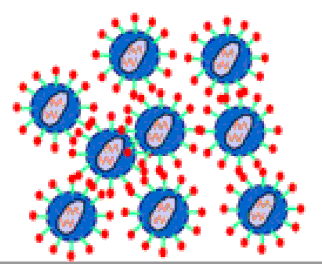Papers in the Biological Sciences

Qingsheng Li Publications
Document Type
Article
Date of this Version
2004
Citation
PNAS 101:14 (April 13, 2004), pp. 5640-5645; doi: 10.1073pnas.0308425101
Abstract
In studies of sexual mucosal transmission and early stages of simian immunodeficiency virus (SIV) and HIV infections, productive infection predominates in CD4+T cell populations, in both ostensibly resting and activated cells. The surprising ability of SIV and HIV to replicate in resting cells in vivo, in contrast to propagation of infection in vitro, suggested a model in which during the early stages of infection these viruses exploit the greater availability of resting cells to maintain unbroken chains of transmission from an infected resting cell to another resting cell nearby. Because immune activation in response to infection provides more activated CD4+T cells, these viruses take advantage of the greater efficiency of virus production and spread in activated cells for propagation and dissemination of infection. In this article, we report the results of experimental tests of this model, including visualization at the light microscopic level and direct analysis of virus production by cells in tissues. Analysis of tissues of rhesus macaques inoculated intravaginally or i.v. with SIV supports the proposed roles of target cell availability, susceptibility, and virus production by infected resting and activated CD4+T cells in mucosal transmission and early infection, and points to a potential role for topical antiinflammatory agents in moderating the initial propagation of infection.


Comments
Copyright © 2004 by The National Academy of Sciences of the USA. Used by permission.